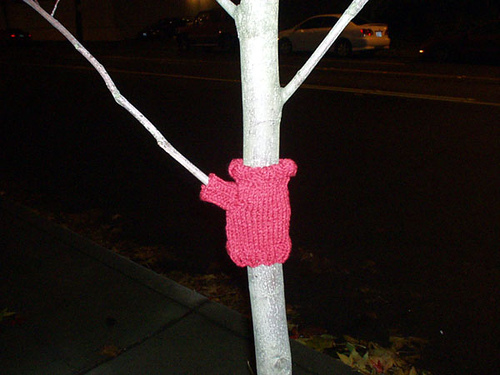This time of year is very exciting for the students in my plant propagation class because now is when they all get to try grafting. In particular, they get to place buds from an apple tree onto a rootstock. There is nothing like placing a bud from one tree onto another to make a person feel as though they’re a horticulturist (NOT HorticulturALIST — that’s not a real word). Especially if that bud successfully grows on the plant where it was placed and produces a happy new tree — What a warm fuzzy feeling!
There are all kinds of things that a rootstock can offer to the bud placed on it. The rootstock can make the tree a dwarf, it can be resistant to certain diseases which the bud isn’t, it can even add some degree of cold hardiness. In return, the bud produces a cultivar that the grower wants such as ‘Honeycrisp’ apple. Additionally, the bud also offers an older tree. This probably doesn’t make sense at first, so think about it for a second or two. The bud that was grafted onto the rootstock came from a mature tree and so it may be more mature than the rootstock (which may have come from a seed — if the rootstock came from something besides a seed — like cuttings — then the rootstock may also be quite mature). Because the bud from which the top of the tree will grow is more mature than the base the tree will usually come into bearing sooner than if it were grown from seed.
Tree age is a funny thing. Though you wouldn’t expect it, the base of a tree is actually the youngest part of the tree physiologically while the older portion of the tree is at the top from which most new growth comes. The reason for this is that the bottom of the tree was laid down first as the tree first emerged from the soil and so the bud from which that growth came hadn’t had the chance to age much yet. After a few years of growing up the terminal bud developed more and more “age” and so the top of the tree is more mature. Confusing? It confuses me too — and I’m oversimplifying things quite a bit here. Making it even worse, no two tree species seem to age in exactly the same way.












